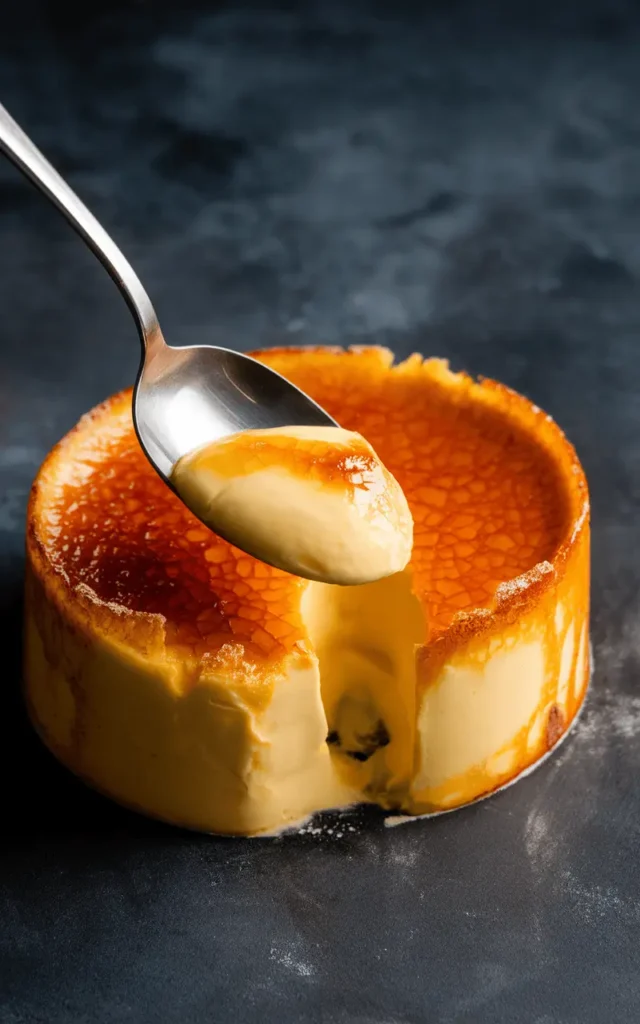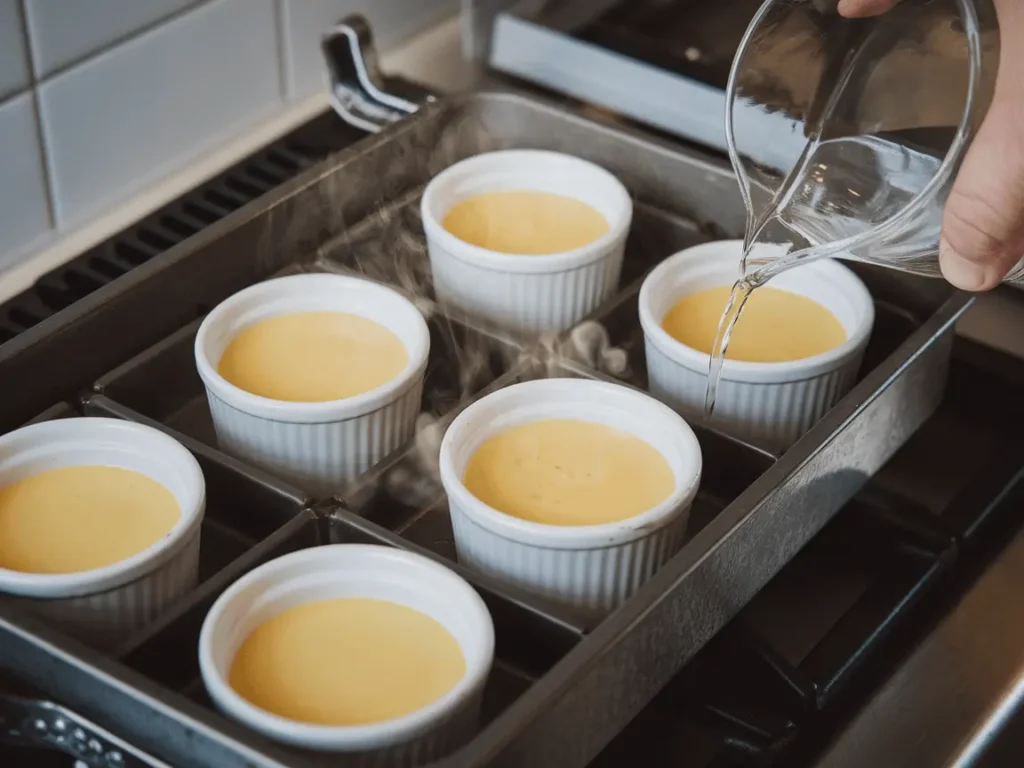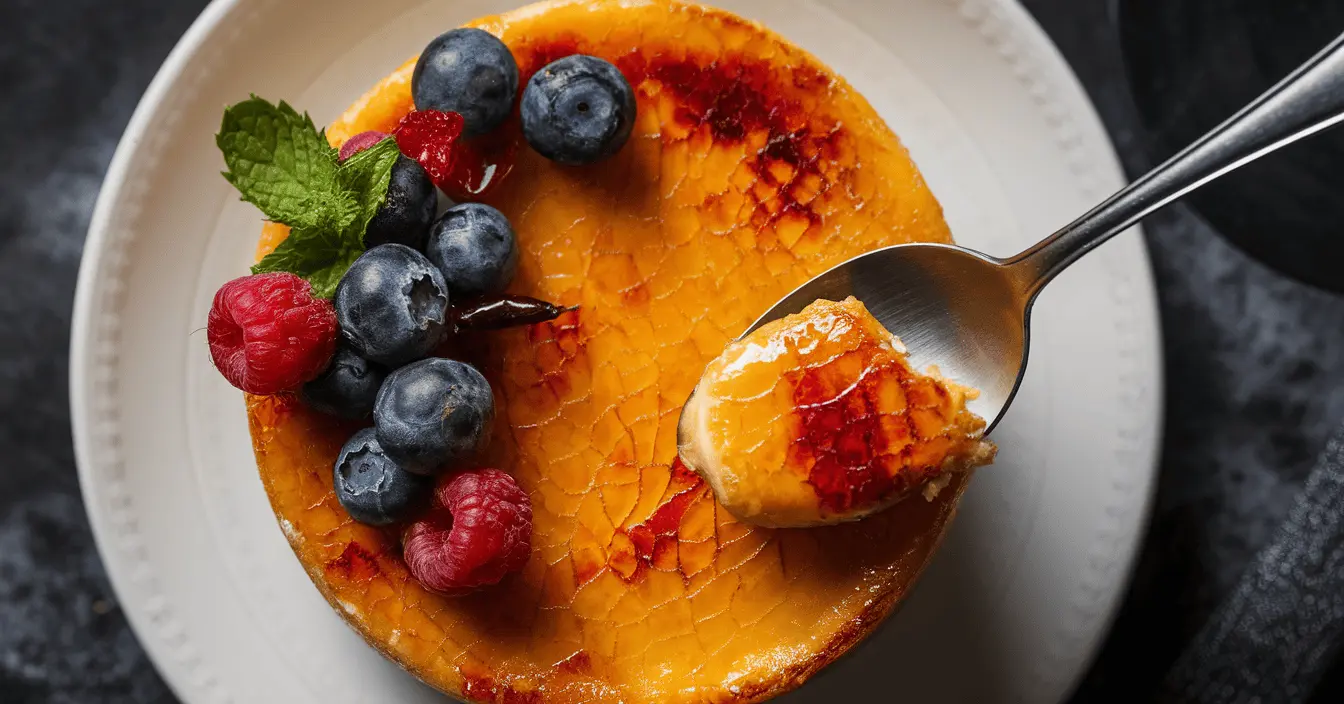Crème brûlée is one of the most beloved classic French desserts, known for its silky custard base and signature caramelized sugar topping. Despite its seemingly simple ingredients—cream, egg yolks, sugar, and vanilla—achieving the perfect texture and taste requires precise techniques and careful temperature control.
So, what is the secret of crème brûlée? The answer lies in a combination of ingredient selection, proper baking techniques, and mastering the brûlée process. Understanding the true secret of crème brûlée will elevate your dessert-making skills to a professional level.
The Origins of Crème Brûlée
The secret of crème brûlée can be traced back to its rich and debated history. Some credit its origins to France, while others argue for England or Spain. The first recorded recipe appeared in a 17th-century French cookbook, solidifying its association with French cuisine.ng its association with French cuisine.
Over time, this luxurious dessert has evolved, even inspiring savory variations like this crab brûlée recipe—a creative twist that combines seafood with the rich, caramelized top of traditional crème brûlée.
🔗 Related: Choosing the Best Vanilla Beans for Baking – Enhance the depth of flavor in your crème brûlée with the right vanilla selection.

The Key Ingredients
Each ingredient in crème brûlée plays a vital role in achieving the ideal consistency and taste:
- Heavy cream – Provides a rich, velvety texture. Opt for a high-fat content cream (at least 36% milk fat) to avoid a watery custard.
- Egg yolks – Essential for thickening the custard. Using only yolks (no whites) ensures a smooth, luxurious mouthfeel.
- Sugar – Adds sweetness and forms the crisp caramelized topping. Turbinado or raw sugar creates a better brûlée crust than regular white sugar.
- Vanilla – A key flavor component. Vanilla beans, pure extract, or paste all add different intensities of flavor.
🔗 Related: The Science Behind Caramelization – Understanding sugar transformation for the perfect brûlée top.
The Secret to a Perfect Custard
The foundation of the secret of crème brûlée lies in its custard. If not prepared correctly, it can turn grainy, lumpy, or runny.

1. Temperature Control is Key
- Heat the cream gently before mixing with the eggs to prevent scrambling.
- Bake the custard at low temperatures (300°F/150°C) to achieve a silky texture.
- The custard is done when it reaches an internal temperature of 165°F (74°C).
2. Use a Water Bath (Bain-Marie) for Even Cooking
A bain-marie prevents the custard from curdling by ensuring gentle, even heat distribution.
How to set up a water bath:
- Place filled ramekins in a deep baking dish.
- Pour hot water halfway up the sides of the ramekins.
- Cover loosely with foil to trap steam.
🔗 Related: How to Make a Perfect Water Bath for Baking – Avoid common baking mistakes with this essential technique.
Mastering the Caramelized Sugar Topping

The signature brûlée crust is what sets this dessert apart. Achieving a thin, glass-like caramel layer requires proper technique and the right sugar type.
How to Create the Perfect Brûlée Top
- Choose the right sugar – Superfine sugar melts evenly, while turbinado gives a crunchier crust.
- Use a kitchen torch – Hold 2-3 inches away from the surface and move in circular motions.
- Alternative method – Use an oven broiler, but watch carefully to prevent burning.
For an exciting take on brûlée-style dishes, check out this crab brûlée recipe.
Common Mistakes & How to Avoid Them
Even experienced bakers encounter issues when making crème brûlée. Here’s how to avoid the most common mistakes:
| Mistake | What Went Wrong? | How to Fix It |
|---|---|---|
| Runny custard | Undercooked or too much liquid | Bake longer and ensure proper egg-to-cream ratio |
| Grainy texture | Overheated eggs, scrambled custard | Use a gentle heat and strain the mixture |
| Soggy bottom | Water bath seeped into ramekins | Cover ramekins tightly and avoid overfilling |
| Sugar burns too fast | Torch held too close | Move the flame around and use the right sugar type |
Creative Crème Brûlée Variations
While classic crème brûlée is a timeless favorite, there are plenty of modern variations:
- Chocolate Crème Brûlée – Infuse the custard with melted dark chocolate.
- Matcha Crème Brûlée – Use matcha powder for a Japanese twist.
- Coconut Crème Brûlée – Swap heavy cream for coconut milk for a tropical version.
- Savory Crème Brûlée – Experiment with cheese, herbs, or even seafood like this crab brûlée.
Serving & Pairing Crème Brûlée
For the best experience:
- Serve chilled for contrast between the cold custard and warm sugar crust.
- Pair with espresso, or champagne.
- Garnish with berries, whipped cream, or chocolate shavings for extra indulgence.
FAQs: Answering Common Questions
1. Can I make crème brûlée ahead of time?
Yes! Prepare the custard up to 48 hours in advance and caramelize the sugar just before serving.
2. Why is my custard runny?
It’s likely undercooked or the egg-to-cream ratio is incorrect.
3. What’s the best way to caramelize without a torch?
Use an oven broiler—watch closely to avoid burning.
4. Can I use milk instead of cream?
No, milk lacks the fat content needed for a rich, smooth custard.
5. How do I prevent bubbles in my custard?
Strain the mixture before baking to remove excess air.
Final Thoughts
The secret to crème brûlée lies in technique, temperature control, and ingredient selection. With the right approach, anyone can create a restaurant-quality dessert at home.
Craving a savory twist? Explore crab brûlée for an unexpected variation. Whether you stick to the classic or try something new, crème brûlée is always a crowd-pleaser. 🍮🔥
